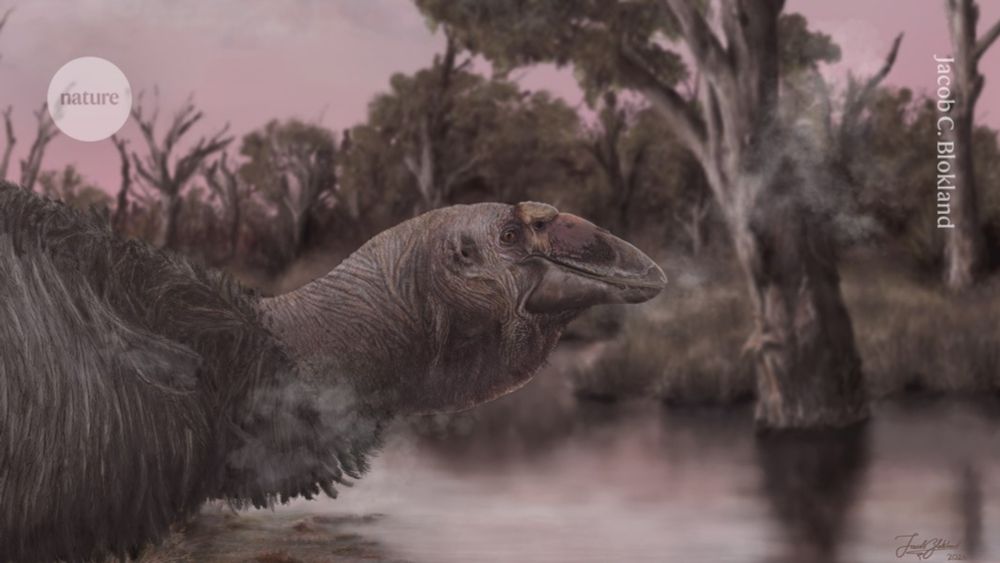
Vertebrate Palaeontology (Palaeornithology) Ph.D. Candidate @flindersuniversity.bsky.social, South Australia, researching the evolution of rail-like #birds and other bird groups 𓅬 | Illustrator ✐ | From Waitaha, Aotearoa ⸙
Thursday 11th September
RSSA Rooms, off Morgan Thomas Lane
6:00 pm

Thursday 11th September
RSSA Rooms, off Morgan Thomas Lane
6:00 pm
I love their large eyes that help them hunt at night.
#herons #birds #nature

I love their large eyes that help them hunt at night.
#herons #birds #nature
Faint traces of paint survive on this limestone wall relief from the funerary temple of king Userkaf. Egyptian Museum, Cairo 📷 by me
#ReliefWednesday
#Archaeology
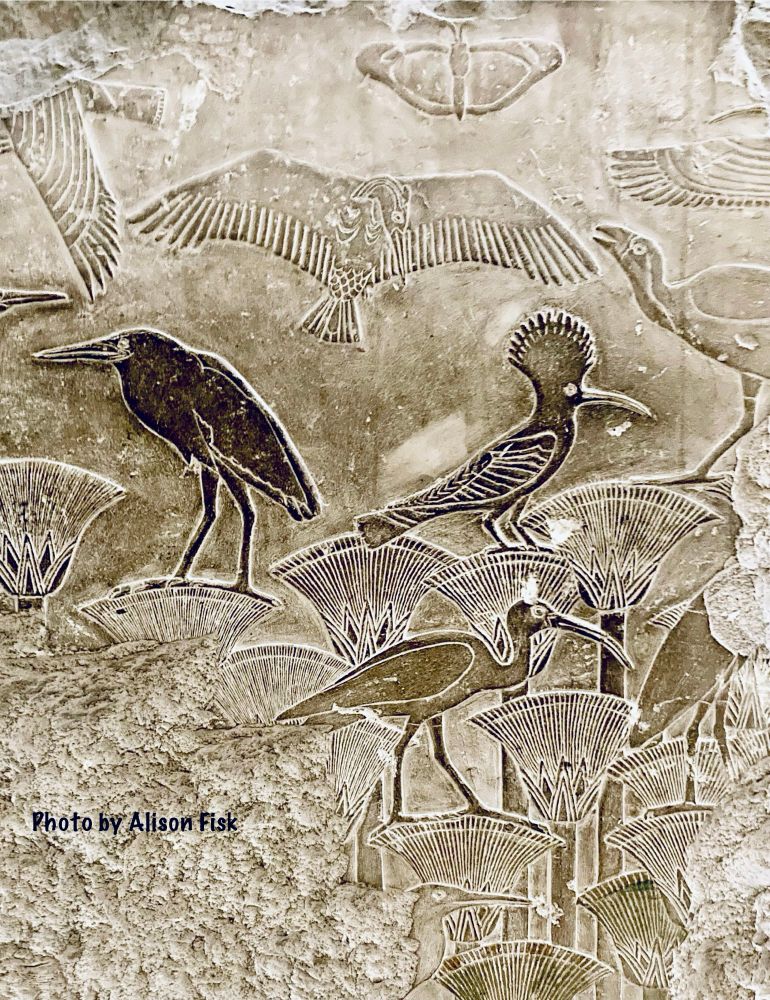
Faint traces of paint survive on this limestone wall relief from the funerary temple of king Userkaf. Egyptian Museum, Cairo 📷 by me
#ReliefWednesday
#Archaeology
We describe 4 archaic penguin species from the Waipara Greensand, North Canterbury. This now totals 10 species from there, in addition to a diversity of Paleocene penguins from Otago and Chatham Island.
#fossil #birds


link.springer.com/article/10.1...
📷: Paul Martinson, Te Papa CC BY-NC-ND 4.0
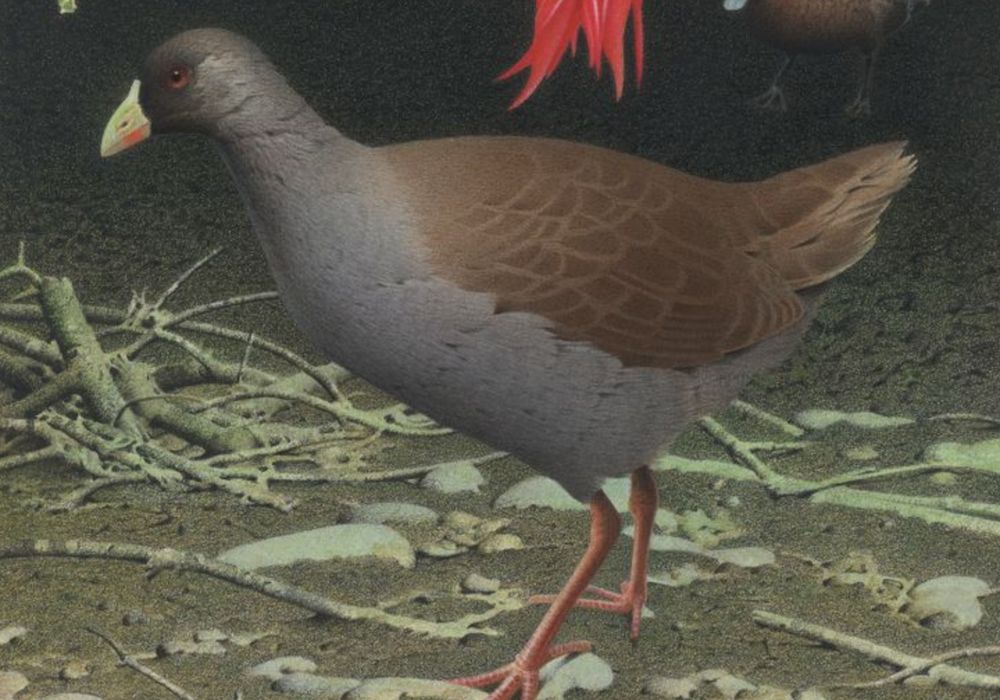
link.springer.com/article/10.1...
📷: Paul Martinson, Te Papa CC BY-NC-ND 4.0
Another case of island gigantism: the extinct Hodgens’ Waterhen (Tribonyx hodgenorum) is a member of Porzana (Aves: Rallidae)
link.springer.com/article/10.1...

Another case of island gigantism: the extinct Hodgens’ Waterhen (Tribonyx hodgenorum) is a member of Porzana (Aves: Rallidae)
link.springer.com/article/10.1...
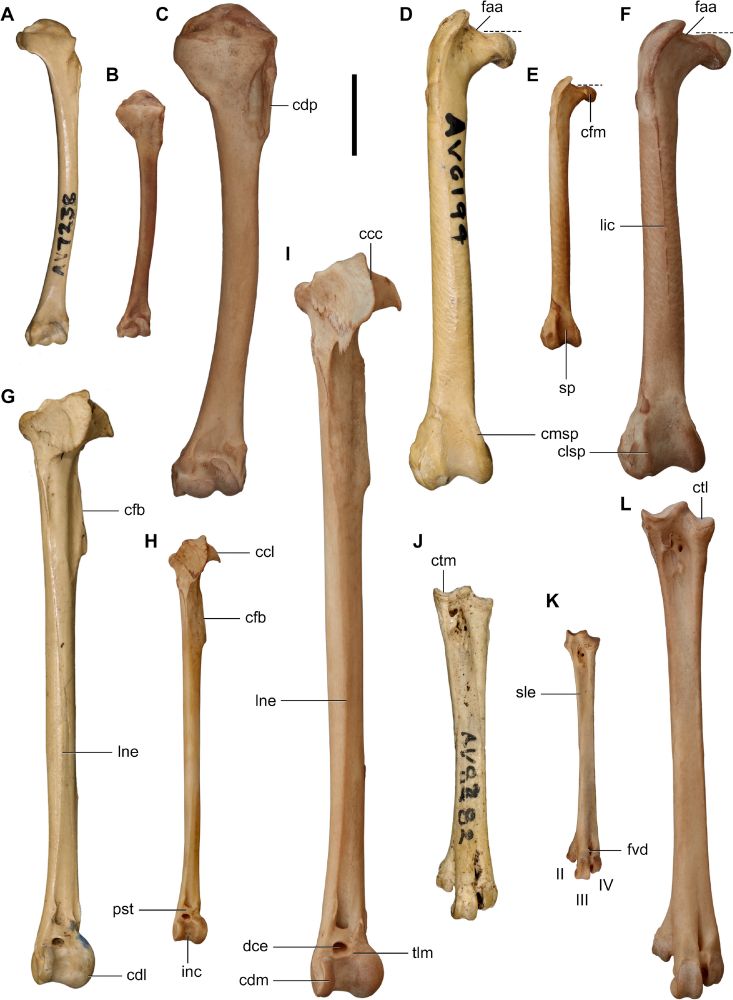
Recently #extinct flightless #rail Hodgens' waterhen from #Aotearoa New Zealand is a 'giant' crake of the genus Porzana, rather than a nativehen of Tribonyx.
(📷 credits given in ALT text)
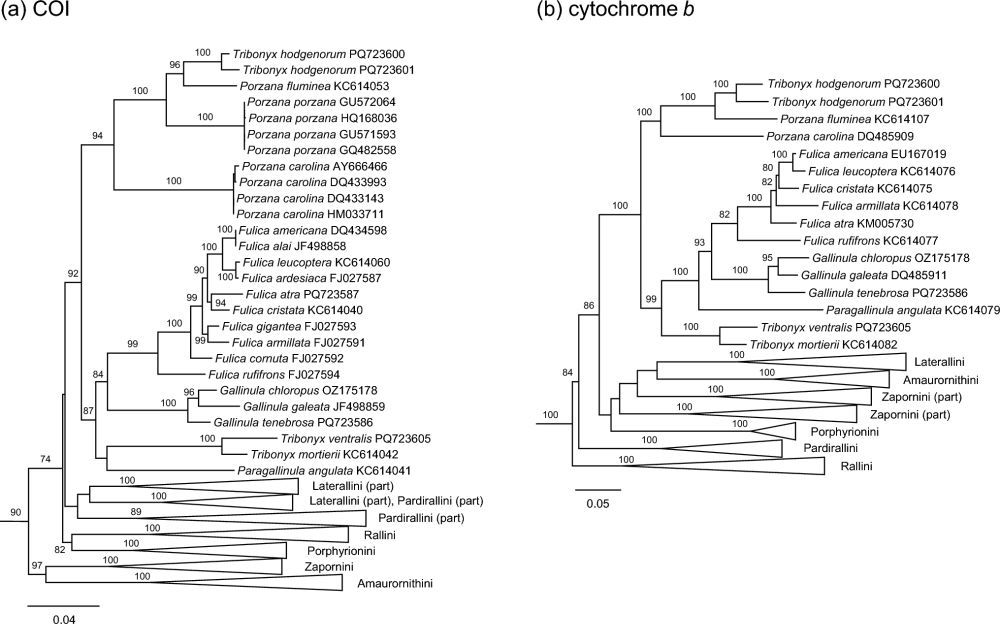
I am grateful to see them. I am grateful to feed them. I am grateful to know them.
I am grateful to see them. I am grateful to feed them. I am grateful to know them.
Here's our description of Dorcopsoides cowpatensis sp. nov., a little #fossil macropodine #kangaroo from the late Miocene Ongeva locality in central #Australia.
doi.org/10.1080/0311...
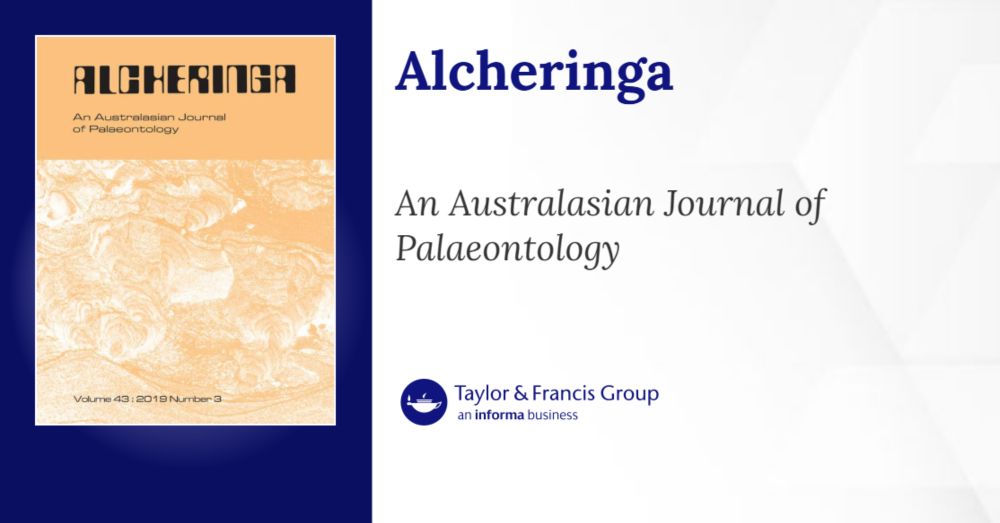
Here's our description of Dorcopsoides cowpatensis sp. nov., a little #fossil macropodine #kangaroo from the late Miocene Ongeva locality in central #Australia.
doi.org/10.1080/0311...
Meet #Mirasaura grauvogeli, a #wonderreptilewith skin appendages that rival feathers and hairs, challenging our view of reptile #evolution🪶🦎
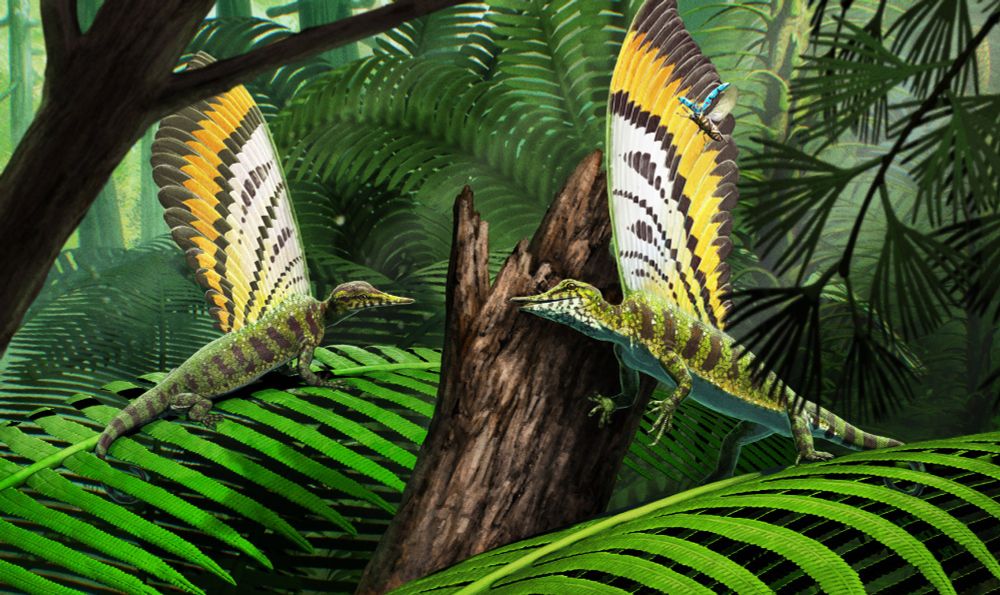
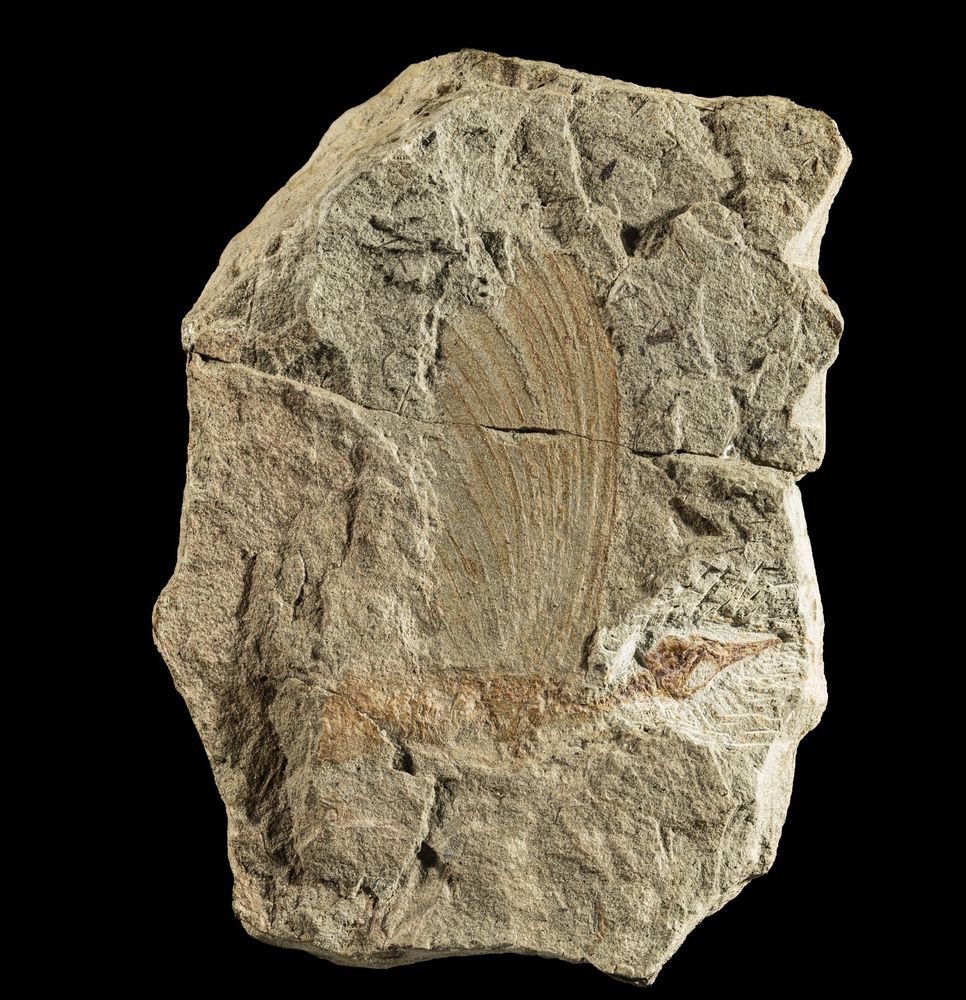
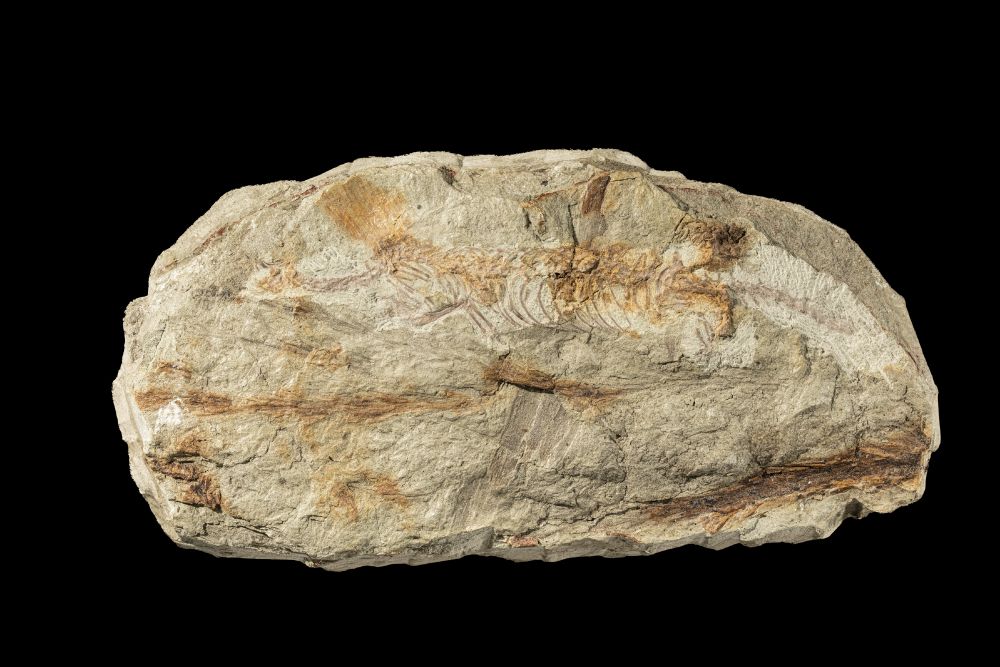

Meet #Mirasaura grauvogeli, a #wonderreptilewith skin appendages that rival feathers and hairs, challenging our view of reptile #evolution🪶🦎
Had to laugh at "All rights and credits reserved to the respective". Sad that this type of thing is commonplace.

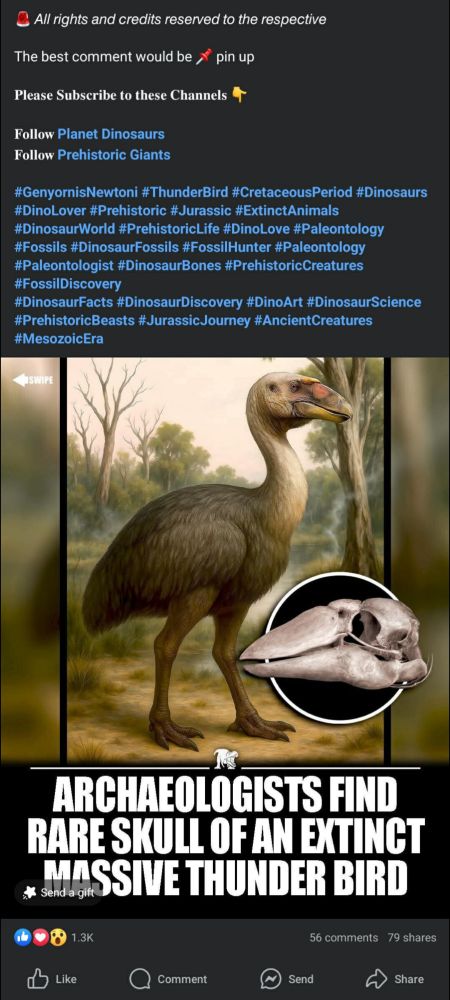
Had to laugh at "All rights and credits reserved to the respective". Sad that this type of thing is commonplace.



“Comparison of diverse mandibular mechanics during biting in Devonian lungfishes”, published today in @cp-iscience.bsky.social, based on Joshua Bland’s honours work:
www.sciencedirect.com/science/arti...

“Comparison of diverse mandibular mechanics during biting in Devonian lungfishes”, published today in @cp-iscience.bsky.social, based on Joshua Bland’s honours work:
www.sciencedirect.com/science/arti...
🧵
#ornithology #taxonomy 🧪🪶
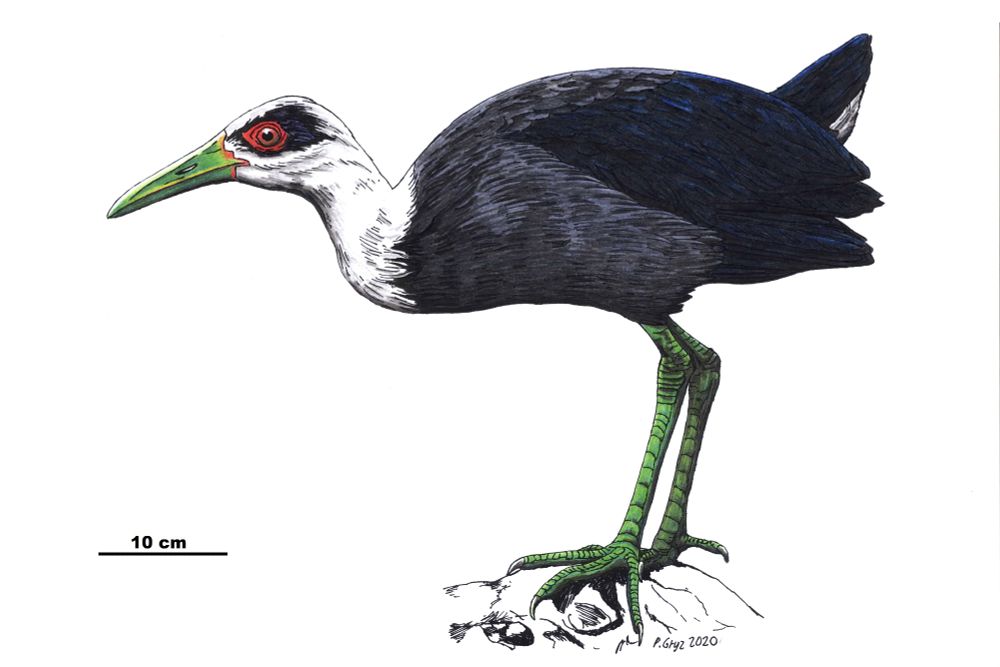
🧵
#ornithology #taxonomy 🧪🪶
about.biodiversitylibrary.org/call-for-sup...

@kamalnahas.bsky.social @ella-maru.bsky.social @blokoweka.bsky.social
www.nature.com/articles/d41...

@kamalnahas.bsky.social @ella-maru.bsky.social @blokoweka.bsky.social
www.nature.com/articles/d41...

mitpress.mit.edu/978026255273...
And the ebook will be open access!
#neuroskyence #ornithology #birds 🧪🧠
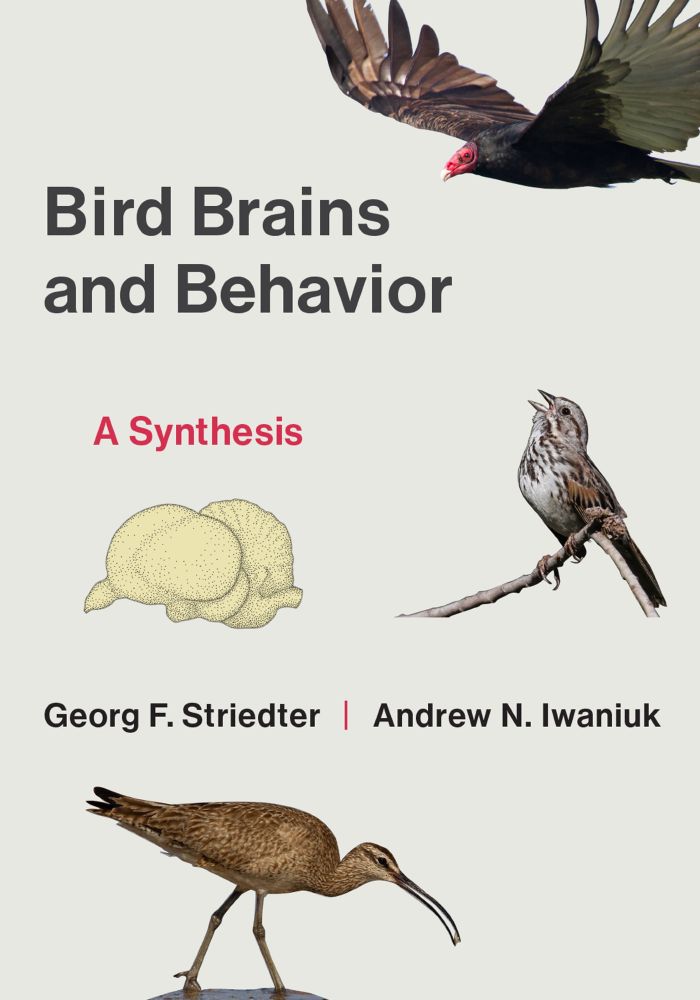
mitpress.mit.edu/978026255273...
And the ebook will be open access!
#neuroskyence #ornithology #birds 🧪🧠
In this result of yesterdays #paleostream we explore the Holocene of New Zealand, a world we largely lost not even 1000 years ago.

In this result of yesterdays #paleostream we explore the Holocene of New Zealand, a world we largely lost not even 1000 years ago.
